Family crests, heirloom flags and a president
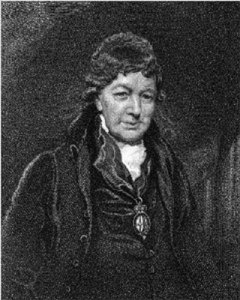
Think you can’t be as important as a president of the United States? Think again, and raise a family flag with your ancestors’ crest on it to declare to the world that your line is as significant as anyone else’s. And if you don’t have a family crest, you can create your own, just as royalty did centuries ago.
While U.S. homes are often decorated with American flags and state banners, there should also be room for an heirloom flag or custom banner that declares you belong to a line of ancestors who deserve to be remembered in cloth and colors.
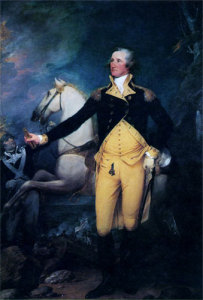
The example of George Washington provides a lesson. In December 1791, Isaac Heard of the College of Arms in England, wrote to the first president and said he had been examining the family line of the Washingtons in Great Britain. Heard wanted his American correspondent to confirm his research and share any additional ancestral information he had. He enclosed with his letter a drawing of the Washington family coat of arms, which had been approved centuries earlier.
Replying in May 1792, Washington said that he appreciated “the trouble you have taken in making genealogical collections relative to [my] family.” But he also admitted that “this is a subject to which I confess I have paid very little attention.”
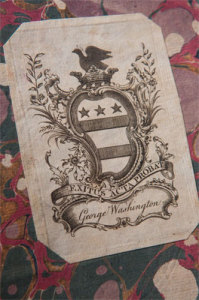
The first president of the American republic also seemed to jab at England’s interest in ancestry by noting, “We have no Office of Record in this Country in which exact genealogical documents are preserved; and very few cases…occur where a recurrence to pedigree for any considerable distance back has been found necessary to establish such points as may frequently arise in older Countries.”
But Washington did confirm that the coat of arms is “the same that are held by the family here.”
He could hardly pretend otherwise. In fact, as an historian at Mount Vernon recently wrote, “Throughout his life Washington had the family’s heraldic crest applied to such diverse personal belongings as silverware, wax seals, horse-drawn carriages, walking sticks, and interiors of buildings, including Mount Vernon, 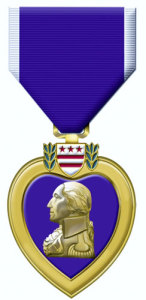 where the coat of arms was featured in the middle of the wooden fireplace mantel in the front parlor. The coat of arms was even featured on the livery uniforms of Washington’s servants, a common practice amongst wealthy planters prior to the Revolution.”
where the coat of arms was featured in the middle of the wooden fireplace mantel in the front parlor. The coat of arms was even featured on the livery uniforms of Washington’s servants, a common practice amongst wealthy planters prior to the Revolution.”
If a family crest could go on Washington’s buggies and silverware, it might have been also put on a piece of cloth to become a flag. Modern Americans can do the same so that an heirloom flag waves on the porches of the citizens of the nation he helped to create.
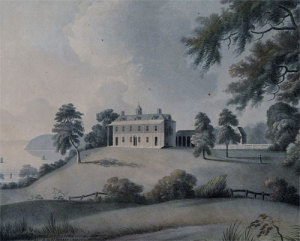
As for the Father of Our Country’s coat of arms, it was simple in design and color. His crest consisted of three red stars above two horizontal red bars. When Washington, D.C., created its city flag in 1938, it used the coat of arms of the man after whom the capital was named. Two decades later, the same design was appropriated for the Purple Heart medal, which also includes a profile of Washington.
So get working on your family crest and coat of arms, put them on a flag, and raise it to honor those who came before you – and to remind everyone that your line is as important as Washington’s.
(Holiday tip: Family flags and heirloom banners make great gifts.)
